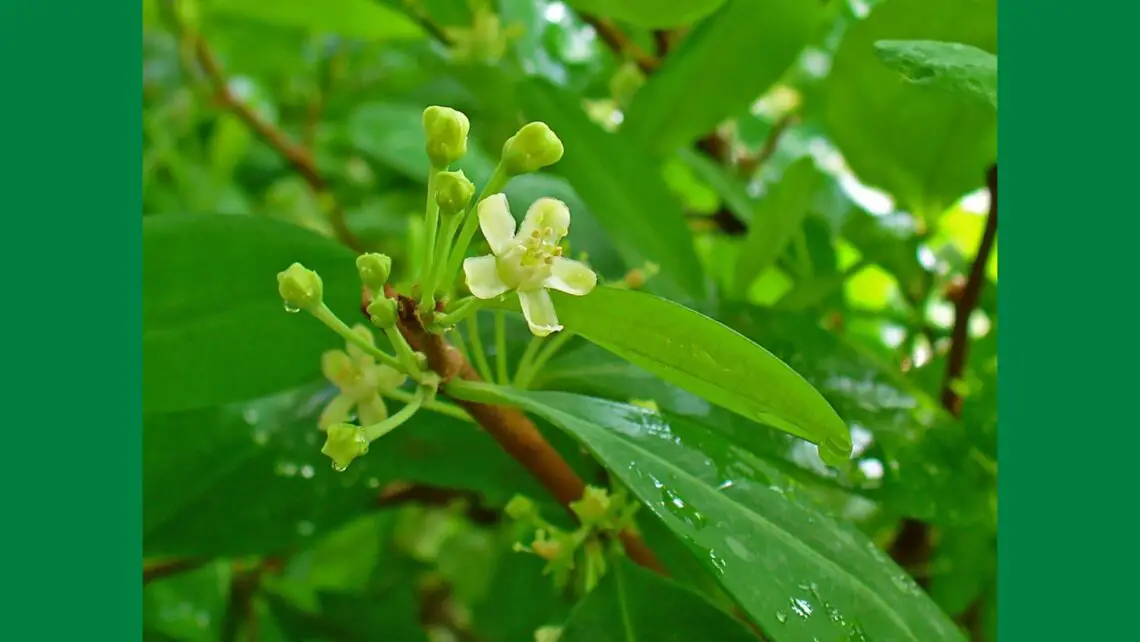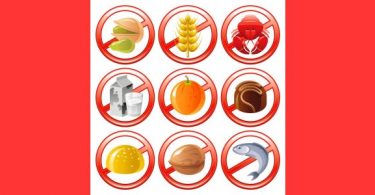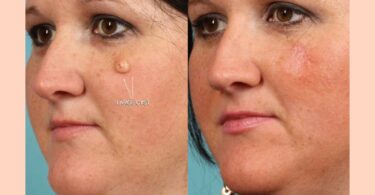INTRODUCTION:
Homeopathy is an alternative system of medicine that has been used for a wide variety of conditions, both physical and mental. Psychological distress is largely defined as a state of emotional suffering characterized by symptoms of depression (e.g., lost interest; sadness; hopelessness) and anxiety (e.g., restlessness; feeling tense) which can be due to various factors1.
The number of childhood and adolescent psychiatric cases are constantly on the rise. It is interesting to note here that caffeine consumption in children and young adults is compounded due to them being marketed energy drinks and beverages2.
Animal studies by O’Neill3 suggest that adolescent caffeine intake increases the risk of anxiety related behaviour in adulthood and altered neuro-endocrine functioning, even after cessation of caffeine consumption. Collected data studies by Zumin Shi found a positive correlation between high levels of soft drink consumption and mental health conditions like psychological distress, depression, stress related problems and also suicide ideation4.
The soft drink “Coca-Cola” was invented by an American pharmacist John Stith Pemberton on 8 May 1886 in the USA as a syrup, sold in pharmacies as a remedy for headaches and nervous disorders5. Some-time later, Coca-Cola began to be carbonated and sold in vending machines.
The two main ingredients of Coca-Cola during the time were as follows: coca leaves (from the same leaves in 1859 Albert Niemann isolated a special component (drug) and called it cocaine) for one part of cola nuts6.
Pemberton also claimed that those who were addicted to morphine could switch to Coca-Cola (Pemberton himself was addicted to morphine). At the time, cocaine was not a prohibited substance, and its health hazards were not known. That is why cocaine was freely sold, and it was often added for pleasure and tone to drinks instead of alcohol. But starting from 1903, cocaine was banned and the cola recipe was decocainized and revised5.
Homeopathic treatment shows promising results against various health affections where other medical practices may fall short. Macias-Cortes et al showed significantly higher improvement rates for homeopathic treatment when compared to fluoxetine(antidepressant) in treatment of depression7.
We present a case of psychological distress treated with classical homeopathy.
CASE PRESENTATION:
On 27.02.2012, an 18-year-old girl was brought to the doctor’s office by her mother. She complained of panic attacks, headaches, sleeping disorder, nightmares, anxiety, fears and paresthesia which had developed over the past year.
Other complaints: moderate myopia, hypertension, stomatitis, chronic gastritis, chronic pharyngitis. The patient associated the onset of symptoms with mental overload due to her graduation from school and beginning her higher education.
- Panic attacks manifested as a sudden fear that something bad will happen, which could occur several times a day. When this happened, she rushed to her mother for reassurance that nothing was wrong.
- Headache – forehead, radiated to other parts of the head. Dull and persistent pain. <stress, lack of sleep, heat, sun, in the morning. >open air, rest.
- Paresthesia – frequent goose bumps on skin with numbness of the hands.
- Anxiety – about health of relatives.
- Fear – of death, dark, spiders, needles.
- Sleep – disturbed, wakes up frequently, almost every hour, due to anxiety with palpitations. <slightest noise (clock ticking)
- Dreams – frequent nightmares of monsters, ghosts, death – of relatives or her own.
- Thermals – chilly
She felt worse in the morning and better as the day passed.
Aggravation in cloudy, wet weather, in sun light.
Desire – spicy food, cheese, sweets.
Aversion to milk.
Mentals – Easily offended, not very expressive, could not stand consolation, cried only when alone.
Past history
Recurrent bronchitis and sore throat as a child, was prescribed antibiotics. Frequent epistaxis, about 2-3 episodes every month, from childhood, were seen till first consult. Acutes such as pharyngitis were seen 2-3 times a year (Temperature – 37°C)
Menarche attained at 13 years of age.
PRESCRIPTION
In this case, there had been no strong detectable cause, and hence the acute totality was taken. Manual repertorization of the case was carried out, which presented two remedies very closely resembling the totality of the case.
A differential diagnosis was performed between Phosphorus and Aconite. The most pronounced symptoms that stood out were a great, excessive anxiety for life and health of her relatives (it’s a keynote of Phosphorus). Aconite is characterized by fear of her own sudden death, fear for her own health.
Phosphorous 200C, one dose was prescribed and administered.
FOLLOW UPS:
| Date | Symptomatology | Prescription and rationale |
| 02.03.2012 | No changes or betterment observed in the condition of the patient | Aconite 200C, one dose. |
| 03.03.2012 | The next day, patient developed a fever (highest temperature-38.5°C), with a strong headache that lasted for a few days.
Fear of dark and sleeplessness increased. Nightmares increased. |
Nil
Patient is in state of aggravation. |
| 29.03.2012 | General condition better. The patient said she felt stronger.
Sleep quality – better; woke up less often. Felt energetic in the morning. Frequency of headaches reduced from every day to every fifth day. Tolerance towards noise increased. Fear of dark persisted. |
Nil |
| 16.04.2012 | The patient had a relapse, without any detectable provoking factors.
Increase in fears, sleeplessness, and frequency of headaches. < noise – increased. Energy levels are worse during the day. |
Aconite 200C, one dose |
| 26.04.2012 | Progressive worsening of condition. Headache increased in intensity and frequency. Woke up from sleep as from blows to the head. <night. Desire to stay alone, in the dark.
Irritability increased, hysterical. It was found that the patient drinks Coca-cola in large quantities almost every day (1.5 to 2 litres per day). |
Coca erythroxylon 30C, OD, 10 days.
Advised to stop the use of coca-cola and other stimulants with immediate effect. |
| 06.05.2012 | Appetite and energy are better when compared to before. Headache: better in intensity and frequency.
Quality of sleep – better, less disturbed, and more refreshing. Nightmares reduced. Irritability same as before |
Nil |
| 22.05.2012 | Acute:
Acute respiratory viral infection with fever (38.5 °C) seen for the first time in many years. Resolved in 4 days. Chronic symptoms – Anxiety and panic attacks have reduced. – Desires solitude, enjoys being alone. – Desire: salt increased |
Natrum muriaticum 200C, one dose.
[Self-restraint, closed personality, worse from consolation, vulnerability, sympathetic, desire for loneliness, desire for dark, stressful situation in childhood (divorce of parents), fear of dark, insects, headaches from stress and sun, heat. When analyzing these symptoms, only one remedy is clearly visible – Natrum Muriaticum, which is a chronic remedy for the patient] |
| 26.06.2012 | Patient felt better emotionally. She felt more lively. Sleep refreshing, nightmares reduced. Headache reduced in intensity and frequency.
<Noise reduced. |
Nil |
DISCUSSION
Based on the case study, it is clear that the first drug prescribed, Phosphorous, was a wrongly chosen remedy and Aconite seemed to help the patient to a certain extent. Though it seemed correct, it only had a short and shallow term of action and improvement, which is why the second dose of Aconite was to no avail.
The girl required Natrum muriaticum, which was characterized by the character of her depression and introverted nature. But this was hidden by what we see as an acute state, and its progress as a state of tremendous anxiety, fears and panic attacks, induced by the soft drink usage.
The study of the materia medica of Coca (Clark, Boericke), as related to this case:
From MM of Clarke8: “sensation as if small foreign bodies were under the skin, like grains of sand or a worm under skin. This is undoubtedly the key symptom of coca”, “Tight headaches, with drowsiness, a sense of numbness”. “Prefers solitude and darkness. Loss of energy”. “Blows to the head”.
From MM of Boerike9: “Palpitations, shortness of breath, anxiety, and insomnia”, “headache with dizziness”, “can find no rest anywhere but sleepy”, “irritable, delights in solitude”.
A very close similarity is found between symptomatology of the case and that of homeopathic Coca.
It is difficult to justify the prescription of homeopathic Coca based only on the symptomatology presented as most of them closely resemble the symptoms of chronic soft drink usage, that could disappear by the cessation of the same.
But in this case, the action of the remedy is confirmed with the reappearance of an acute, with high fever, absent for a long time, which indicates the sure effect of the remedy.
Coca helped in clearing the acute condition of the patient, which helped in finding the clear picture of her chronic remedy, Natrum muriaticum.
It also helped to understand the importance of thorough case taking and survey in order to eliminate all possible inhibiting and/or antidoting agents to the homeopathic treatment. In this case, the morbid and prolonged use of Coca-cola (caffeine) almost to a point of addiction.
BIBLIOGRAPHY
- Drapeau, A., Marchand, A. & Beaulieu-Prévost, D. 5 Epidemiology of Psychological Distress.
- JL, T. Caffeine use in children: what we know, what we have left to learn, and why we should worry. Neurosci. Biobehav. Rev. 33, 793–806 (2009).
- O’Neill, C. E. et al. Adolescent caffeine consumption increases adulthood anxiety-related behavior and modifies neuroendocrine signaling. Psychoneuroendocrinology 67, 40 (2016).
- Z, S., AW, T., G, W., R, G. & TK, G. Soft drink consumption and mental health problems among adults in Australia. Public Health Nutr. 13, 1073–1079 (2010).
- How was Coca-Cola invented? | The Coca-Cola Company. https://www.coca-colacompany.com/faqs/how-was-coca-cola-invented.
- 1886: Coca-Cola Contained Cocaine in its Original Recipe | History.info. https://history.info/on-this-day/1886-coca-cola-contained-cocaine-in-its-original-recipe/.
- Macías-Cortés, E. del C., Llanes-González, L., Aguilar-Faisal, L. & Asbun-Bojalil, J. Individualized Homeopathic Treatment and Fluoxetine for Moderate to Severe Depression in Peri- and Postmenopausal Women (HOMDEP-MENOP Study): A Randomized, Double-Dummy, Double-Blind, Placebo-Controlled Trial. PLoS One 10, e0118440 (2015).
- Materia Medica by John Henry Clarke Homeopathy. https://www.materiamedica.info/en/materia-medica/john-henry-clarke/index.
- HOMOEOPATHIC MATERIA MEDICA – By William BOERICKE. http://www.homeoint.org/books/boericmm/.





